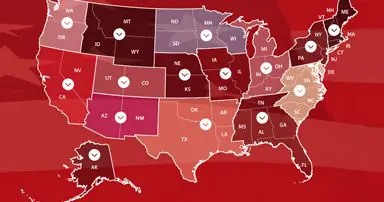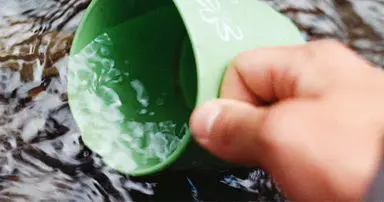[Carolyn] Here’s an excellent video entitled “How to Hand Pollinate Squash and Pumpkin Flowers: Seed Saving.”
[Mick] Carolyn, thanks for the link. I really enjoyed this video and learned a lot from it. A couple of points:
- At the end, the lady talks about Suzanne Ashworth’s book “Seed to Seed.” It is a wonderful book, as she said. I would add that those interested in the book should make sure to get the second edition. I have both the first and second editions, and the second really is much better.
- The lady mentions “zucchini, pumpkins, spaghetti squash, butternut squash….” Then she says that unless you’re only growing one type of squash, then you’ll usually need to hand-pollinate in order to ensure pure seed. However, this isn’t necessarily the case. Edible squashes come in four different species; and while varieties within the same species will cross with each other, the varieties of different species will not (with one caveat that I discuss below). For example, the species Curcurbita pepo includes zucchini, yellow summer, pattypan, spaghetti, and acorn squashes, as well as some varieties of pumpkin. These will all cross with each other. However, they will not cross with the Curcurbita maxima squashes (which include the Hubbard and Sweet Meat squashes as well as some of the pumpkins). Nor will the C. pepos cross with the Curcurbita moscata squashes (which include the butternuts, the “cheese” squashes, the delicata squashes, and some varieties of pumpkin). Nor will the C. maximas and the C. moschatas cross. Now for the caveat. The fourth variety of edible squash is Curcurbita argyrosperma (which until fairly recently was called Curcurbita mixta, in case you have gardening books that use that name). The moschatas can cross with the mixtas. But the mixta varieties are uncommon in the US. Only a handful of seed houses carry a C. mixta; the only variety I could find was the Green Striped Cushaw. Although edible, it’s not very tasty (I used to grow it, and bleh) and it’s usually grown as an ornamental. Thus, for practical purposes, we can ignore the mixtas in the discussion of the crossing of squash varieties. What all of this means is that you can safely grow one variety of C. pepo, one variety of C. maxima, and one variety of C. moschata and be able to save pure seed without the need to hand-pollinate.

























0 Comments